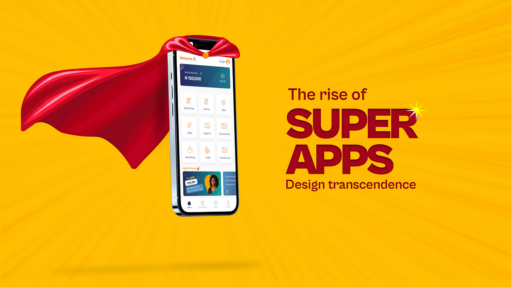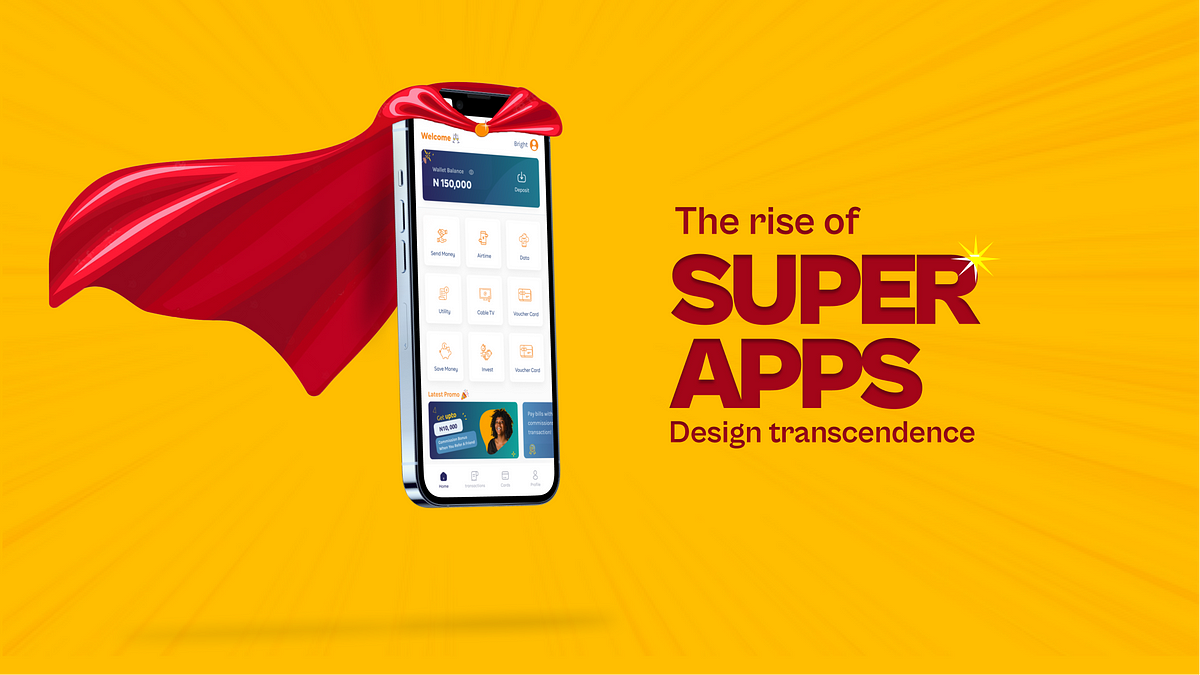Lately, the term “super app” is increasingly bandied about, especially when discussing the future ambitions of tech behemoths like Microsoft, Meta, Twitter, and other key players. Yet, within the tech sphere, there’s a notable lack of clarity about what exactly a super app entails and its capabilities. To put it simply, a super app does it all.

In essence, a super app is an application that starts with a core functionality and integrates a variety of other services — all within a single platform. Picture an app where you can order groceries, manage rent payments, access work documents, refill prescriptions, plan vacations, and socialize with friends and communities, all at once. It’s akin to having the functionality of your entire smartphone within a single app, making super apps more comparable to an operating system than a traditional app, complete with social sharing features.
Super Apps: A Historical Perspective
WeChat, Tencent’s powerhouse app launched in 2011, stands as the quintessential example of a super app. It blends messaging with an array of services like city services access, utility payments, and video streaming, among others. Go-Jek in Indonesia is another prime example, merging ride-hailing with a multitude of services, making it a one-stop-shop for every conceivable need.
The success of a super app lies in leveraging user engagement to funnel traffic and leads to its partner services. This seamless integration not only strengthens the app’s utility but also its engagement cycle.
Crucially, the success of super apps hinges on user trust. These platforms accumulate vast amounts of user data, necessitating a careful balance between data utilization and user privacy. For instance, WeChat facilitates user control over interactions, enabling users to easily manage communication preferences. This foundation of trust is crucial, especially for facilitating transactions within the app, which can lead to significant transaction volumes and the convenience of micro-transactions.
The Western Landscape for Super Apps
Despite their popularity in the East, the West has yet to see the emergence of a true super app. However, companies like DoorDash and Uber are making strides towards this model by broadening their service offerings. These moves signal a shift in mindset from focusing solely on user expansion to enhancing user engagement by solving multiple needs within a single platform.
This super app philosophy allows for a myriad of new revenue opportunities. For example, a dating app could expand its services to include restaurant reservations or salon bookings, creating additional value for users and revenue streams for the platform.
Similarly, a wellness app could evolve into a hub for booking retreats, purchasing wellness products, and fostering community interaction, embodying the super app approach to product development.
The Path Forward for Super Apps
The potential for super apps is immense, offering users a unified platform for numerous services, which can enhance user engagement and streamline transactions. This model is particularly appealing in an era where app downloads are declining.
For the West to embrace the super app model, significant shifts are necessary, including executive support for vertical growth, reimagining user identity and privacy controls, and a commitment to mobile-first design to enhance user experience.
As the tech industry progresses, the concept of super apps represents a bold vision for the future, promising a more integrated and efficient digital experience. If you’re at the forefront of this innovation or exploring the super app concept, your insights and experiences are eagerly sought after in this evolving landscape.
For those venturing into the realm of super apps or seeking to decode its complexities, the journey is as challenging as it is exciting.






